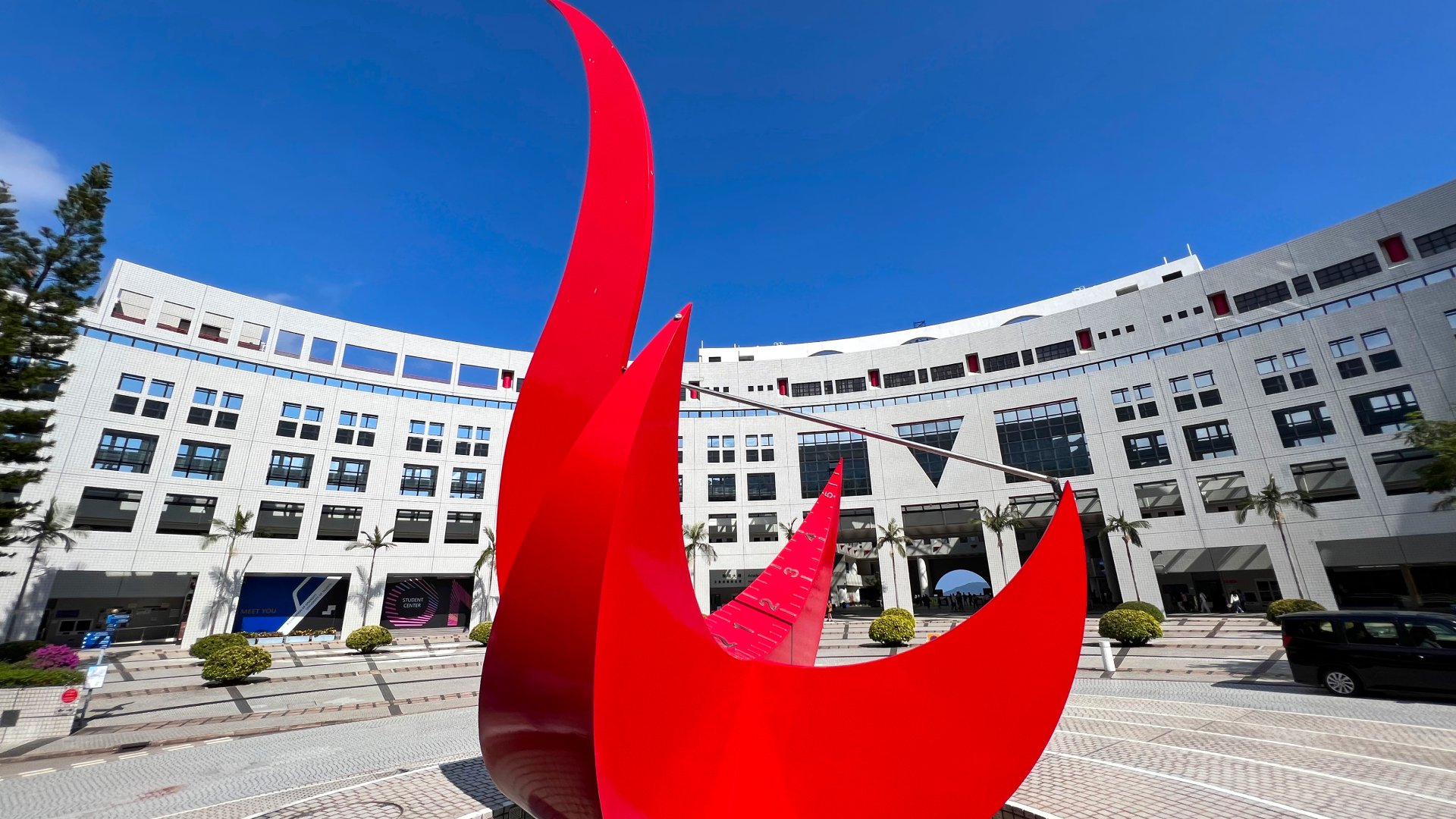News & Stories
2025

Stories
The Sky’s Not the Limit, It’s a Whole New World
Imagine a hiker collapsing from heatstroke on a remote trail in Sai Kung. In the past, help could take an agonizing hour, but now, thanks to a groundbreaking drone delivery system being pioneered in Hong Kong, life-saving medical supplies can arrive in just minutes. This isn’t just a vision of the future; it’s a reality unfolding before our eyes.
Cities worldwide are embracing drones, unmanned aerial vehicles (UAVs), and advanced air mobility (AAM) systems to enhance urban mobility, logistics, emergency response, and even entertainment, such as stunning drone shows. In Mainland China, the low-altitude economy (LAE) is projected to reach a staggering 2 trillion yuan by 2030, signalling a transformative shift in everyday life.
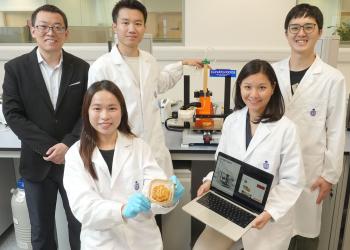
News
HKUST Researchers Set to Transform Food Production with AI-enhanced 3D Food Printing Solution
Researchers at the Hong Kong University of Science and Technology (HKUST) have developed a cutting-edge AI-assisted 3D food printing solution that combines printing with infrared cooking, paving the way for safer, more efficient, and visually appealing food production.
Traditional 3D food printing methods often require additional postprocessing steps, which can have unappealing food ingredients, imperfect shapes, and even potential microbial contamination.
To address these challenges, the team from the Division of Integrative Systems and Design (ISD) at HKUST has developed an AI-enhanced system that combines extrusion-based printing with simultaneous infrared heating for on-the-fly cooking of intricate starch-based foods. Using graphene heaters for cooking, they precisely controlled the cooking process, ensuring that starch-based food items retain their intended shape and quality.
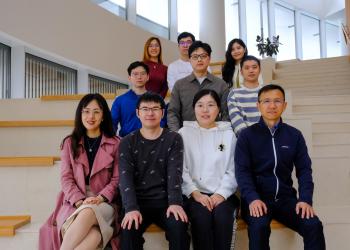
News
HKUST Life Science Researchers Establish an Intracranial Optic Tract Injury Model to Reveal Mechanisms of Functional Circuit Reconstruction Following CNS Injury
A research team led by Prof. LIU Kai from the Division of Life Science and Department of Chemical and Biological Engineering at the Hong Kong University of Science and Technology (HKUST) has established an innovative intracranial pre-olivary pretectal nucleus (OPN) optic tract injury model (pre-OPN OTI), shedding light on crucial mechanisms of functional axonal rewiring following central nervous system injury.

News
HKUST Hosts The 31st Symposium on Chemistry Postgraduate Research in Hong Kong
The Department of Chemistry at the Hong Kong University of Science and Technology (HKUST), hosted the 31st Symposium on Chemistry Postgraduate Research in Hong Kong on March 22, 2025, at its Clear Water Bay campus. Since its inception in 1994, the symposium has been a flagship annual event, bringing together postgraduate students, faculty members from all UGC-funded institutions, and industry partners to showcase cutting-edge chemistry research and foster academic and professional collaborations.
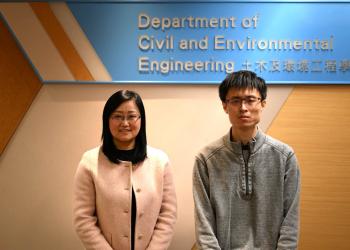
News
HKUST Researchers’ Breakthrough Method Reveals Clouds Amplify Global Warming Far More Than Previously Understood
Tropical marine low clouds play a crucial role in regulating Earth’s climate. However, whether they mitigate or exacerbate global warming has long remained a mystery. Now, researchers from the School of Engineering at the Hong Kong University of Science and Technology (HKUST) have developed a groundbreaking method that significantly improves accuracy in climate predictions. This led to a major discovery – that tropical cloud feedback may have amplified the greenhouse effect by a staggering 71% more than previously known to scientists.
The effects of tropical low clouds are difficult to investigate because they are influenced by a variety of factors. Commonly used low cloud controlling factors often struggle to separate the influence of local sea surface temperatures (SSTs) from that of temperatures in the free troposphere – the lowest layer of Earth’s atmosphere, casting uncertainty in projections.
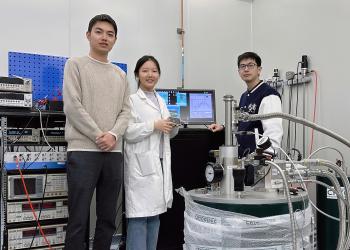
News
Meters Closer, Miles Faster: HKUST Engineering Researchers Introduce Novel Cryogenic In-Memory Computing Scheme to Bridge AI with Quantum Computing
Scholars at the School of Engineering of the Hong Kong University of Science and Technology (HKUST) have unveiled an innovation that brings artificial intelligence (AI) closer to quantum computing – both physically and technologically.
Led by Prof. SHAO Qiming, Assistant Professor at the Department of Electronic and Computer Engineering, the research team has developed a new computing scheme that works at extremely low temperatures. As a critical advancement in quantum computing, it can significantly reduce latency between artificial intelligence (AI) agents and quantum processors while boosting energy efficiency. The solution was made possible by utilizing a special technology known as magnetic topological insulator Hall-bar devices.
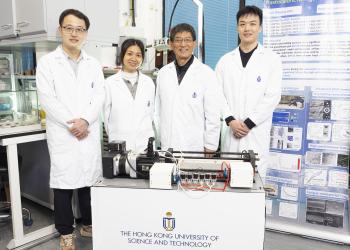
News
HKUST Develops World’s First Kilowatt-Scale Elastocaloric Green Cooling Device
Researchers at the Hong Kong University of Science and Technology (HKUST) have developed the world’s first kilowatt-scale elastocaloric cooling device. The device can stabilize indoor temperatures at a comfortable 21-22°C in just 15 minutes, even when outdoor temperatures reach between 30-31°C, marking a significant breakthrough toward the commercial application of elastocaloric solid-state cooling technology. The research findings have been published in the leading international science journal Nature, offering a promising solution to combat climate change and accelerate low-carbon transformation of the global cooling industry.

